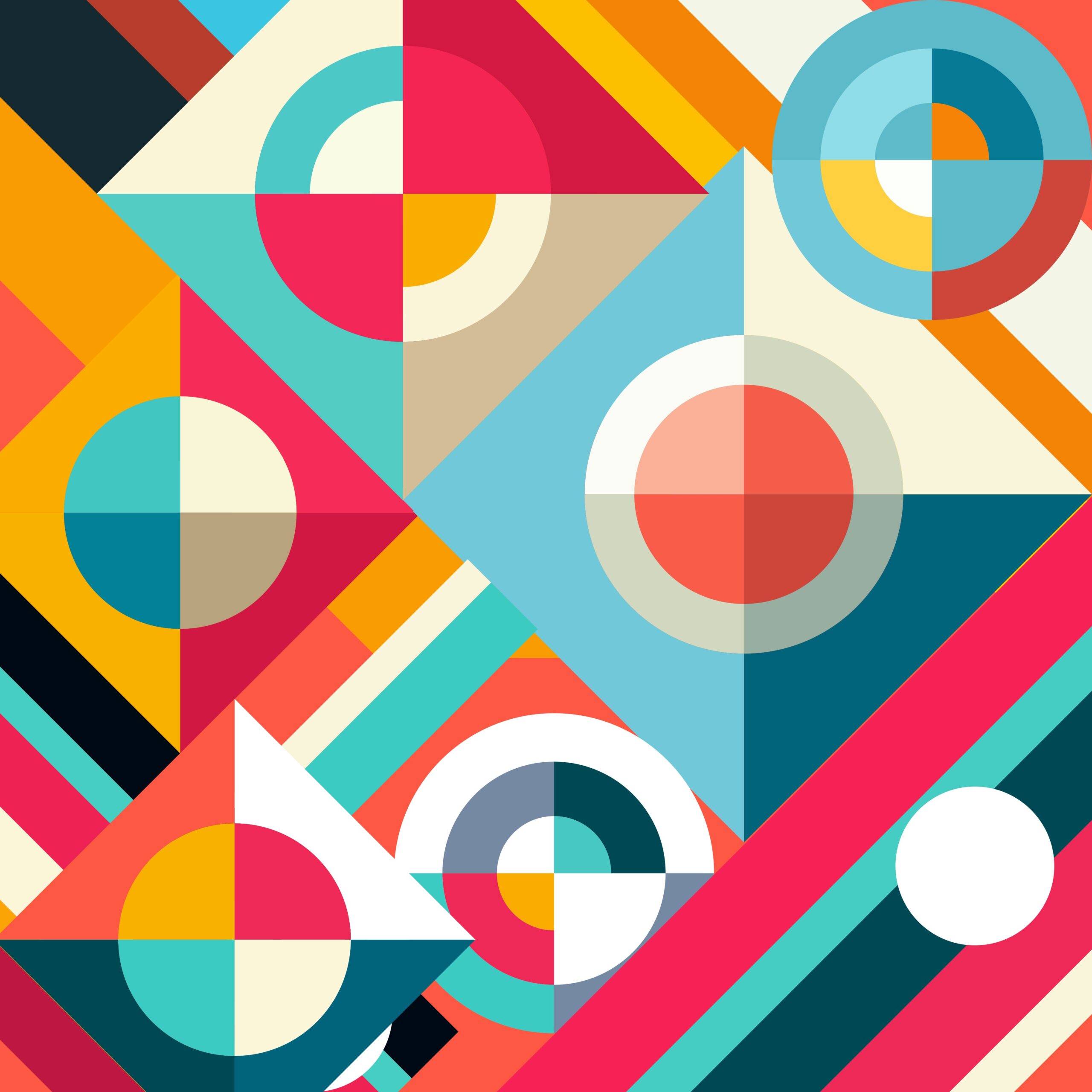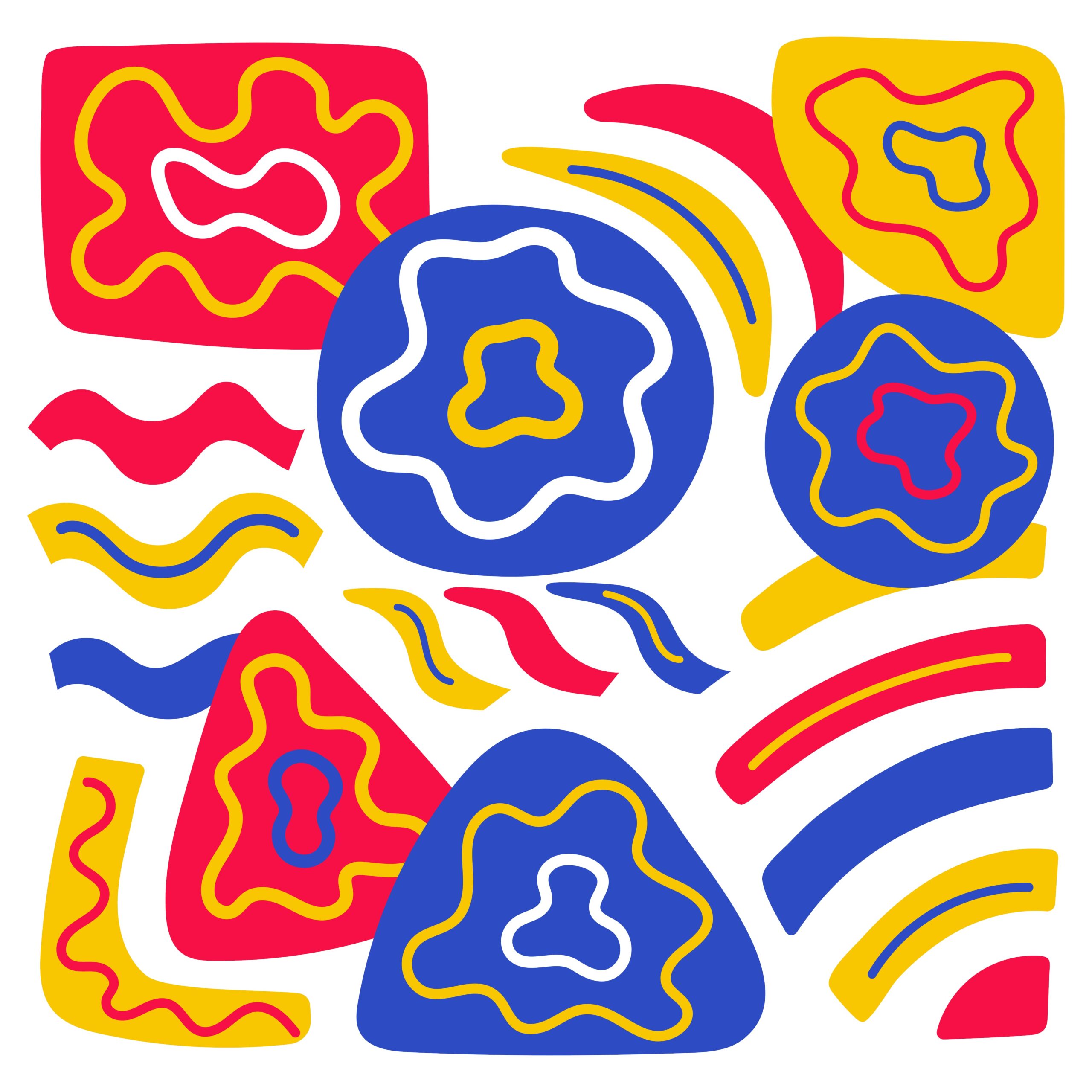 Beatmaking Tips
Beatmaking Tips Advantages of Loop-Based Beats in Beatmaking
The art of beatmaking has come a long way since its inception, with technology and creativity merging to produce a vast ...
 Beatmaking Tips
Beatmaking Tips  Beatmaking Tips
Beatmaking Tips  Beatmaking Tips
Beatmaking Tips  Beatmaking Tips
Beatmaking Tips  Beatmaking Tips
Beatmaking Tips  Beatmaking Tips
Beatmaking Tips  Beatmaking Tips
Beatmaking Tips  Beatmaking Tips
Beatmaking Tips  Beatmaking Tips
Beatmaking Tips  Beatmaking Tips
Beatmaking Tips